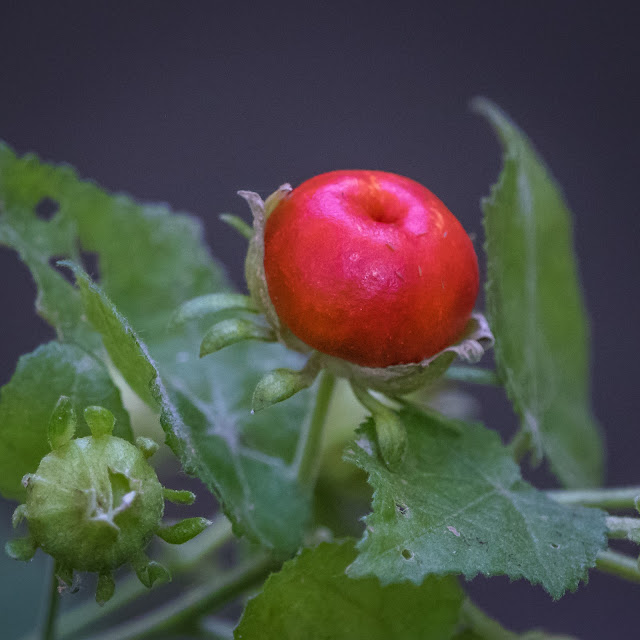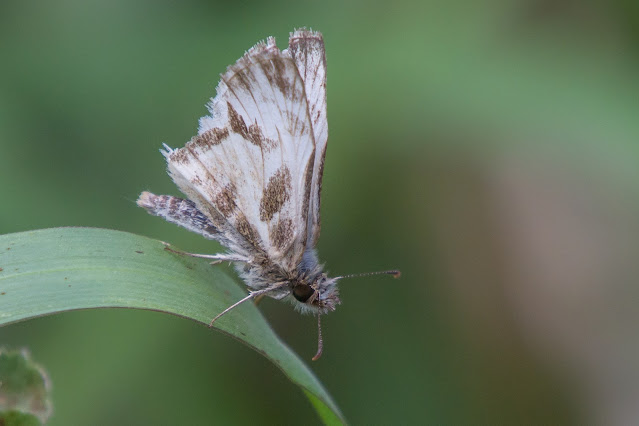 |
| Warblers in winter? Who knew! |
New World warblers, often called wood warblers, are a group of birds found predominately in the Americas. They are relatively small birds with thin, pointy bills, and are famous for their diverse and high-pitched songs. Many warbler species are migratory, breeding in North America and traveling to their Central and South American overwintering grounds each fall. But there is a certain warbler species that stops short of traveling so far south, spending its winters in the central and southeastern portions of the United States, including most of Texas. That species is the Yellow-rumped Warbler (Setophaga coronata).
While the Yellow-rumped males are most colorful during the spring and summer breeding season when they sport a dazzling mix of bright yellow, charcoal gray, black, and bold white, in winter their plumage coloring subdues, but still exhibits their trademark bright yellow rump with some yellow on the sides. Females are always duller, and may show some streaky brown, but like the males they also have a yellow rump, which is why these birds are sometimes affectionately called ‘butterbutts’.
 |
| 'Myrtle' form of the Yellow-rumped Warbler |
The Yellow-rumped Warbler has two distinctive subspecies that used to be considered separate species: the ‘Myrtle’ Warbler of the eastern U.S. and Canada, and ‘Audubon’s’ Warbler of the mountainous west. The Myrtle form has a white throat and is more common here, and the Audubon’s has a yellow throat and can be found in west Texas.
 |
| 'Audubon's' form of the Yellow-rumped Warbler |
Like most warbler species, Yellow-rumps are active birds, even in winter, foraging for insects in open woods and shrubby habitats. This time of year, they supplement their insectivore diet with native berries from Ashe Junipers, Poison Ivy, Greenbrier, Mustang Grape, Winter Grape, Virginia Creeper, and Roughleaf Dogwood. However, they prefer the fruits of Wax Myrtle and Bayberry, as their digestive systems are uniquely suited to process their waxy berries, thanks to specialized microbes in their gut. This ability allows them to remain farther north than other warbler species during the colder months.
 |
| Winter plumage of Yellow-rumped Warbler |
In winter, Yellow-rumps will join flocks and even come to feeders where they’ll eat sunflower seeds, raisins, suet, or peanut butter. Flocks can be mixed species of other winter birds or even large groups consisting entirely of Yellow-rumped Warblers. But if another bird gets too close, they respond to the infraction by holding their body horizontally and raising their fanned tail to form a right angle to their body, indicating that they want the other bird to give them some space.
The Yellow-rumped Warbler’s flight is agile and swift, and they often call as they fly and change direction. Their sharp chips are quite distinctive, and they even call while foraging. Learn to recognize their sound and you will then be able to locate and enjoy these delightful winter warblers!







































